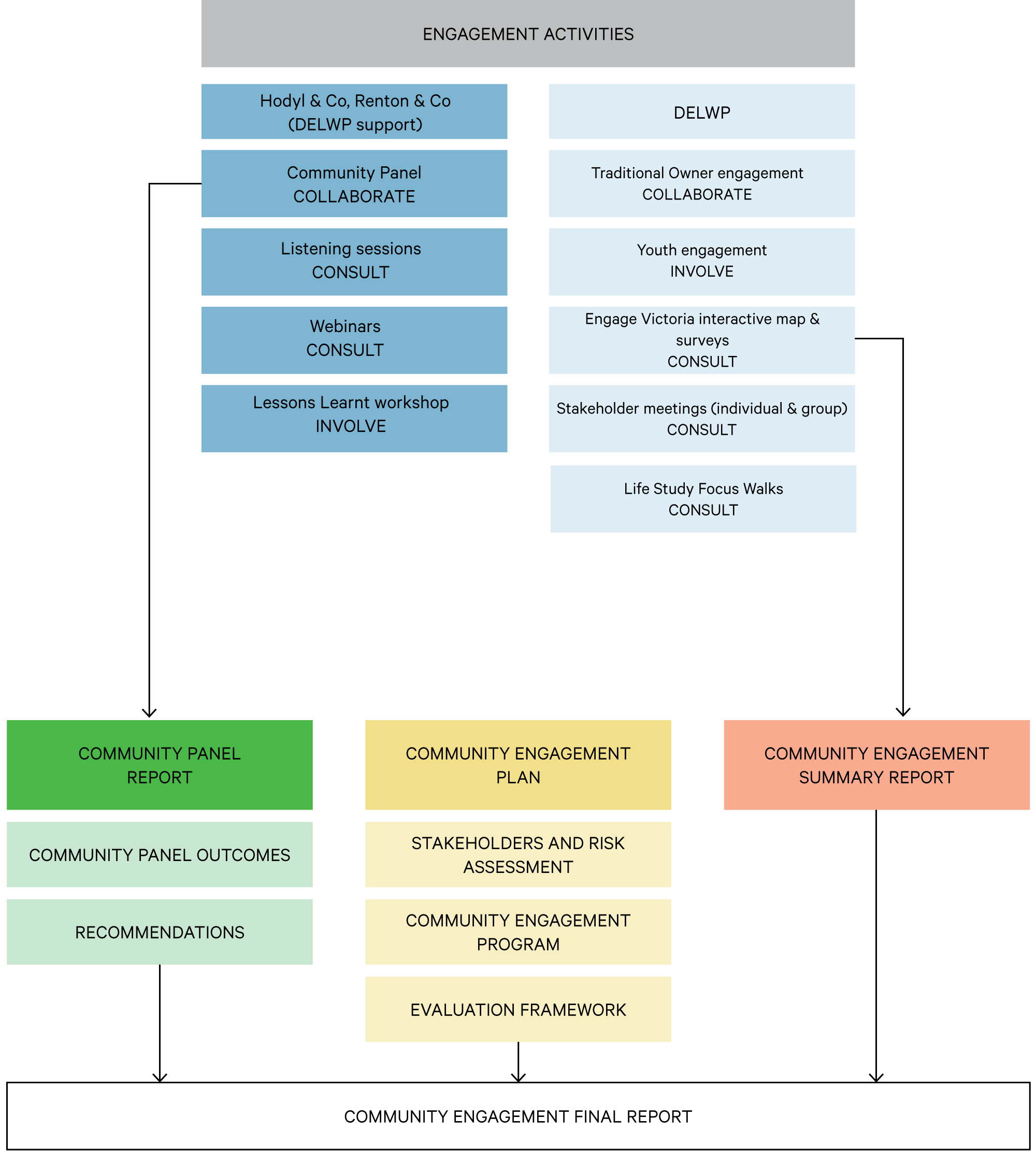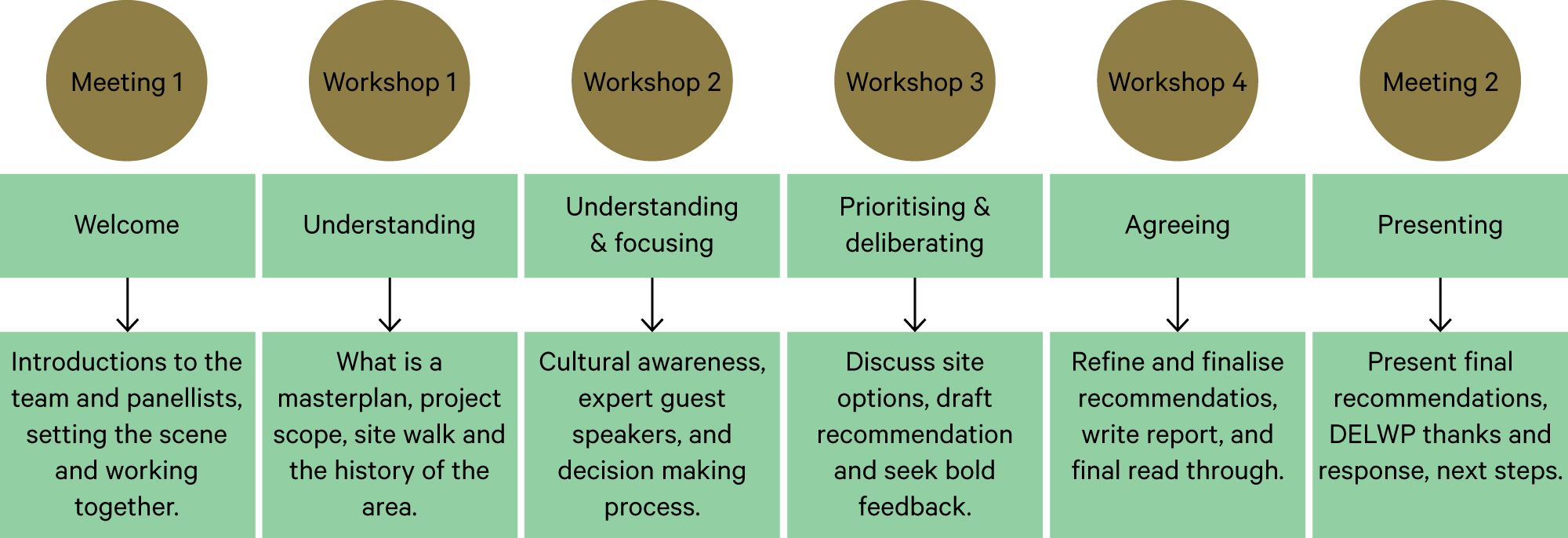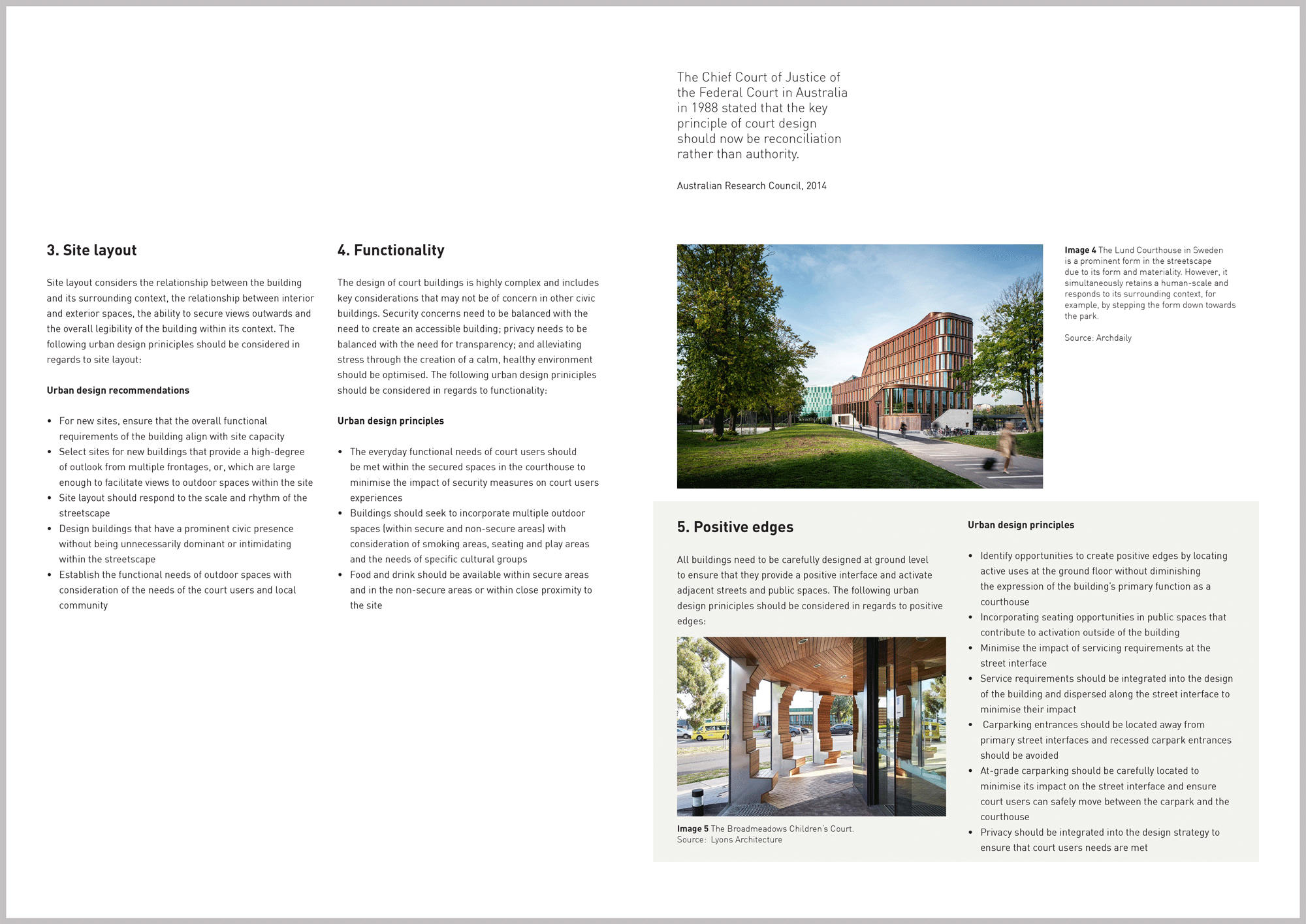Hodyl & Co collaborated with community engagement specialists Renton and Co to connect community engagement and master planning outcomes during the planning stages of the Shrine to Sea project. Shrine to Sea is a project focused on creating a boulevard connecting the Domain Gardens to Port Phillip Bay in Melbourne. The project aims to enhance the existing open and green space, create safer pedestrian and cycling connections, and celebrate local stories and culture. The Department of Environment, Land, Water & Planning worked in partnership with the City of Port Phillip, the Department of Transport, and Parks Victoria to deliver the project.

Hodyl & Co worked to ensure engagement and design and planning processes are developed together to deliver a community-supported outcome that will provide benefit to the existing community for generations to come.
As part of this project, Hodyl & Co have also utilised social research methods to design a Community Panel Selection Methodology based on establishing a diverse membership, and a Community Engagement Evaluation Methodology to evaluate all community engagement processes undertaken as part of the Shrine to Sea project.

Victorian Courts Urban Design Guidelines
Civic buildings play a key role in city-shaping and are important in creating a sense of identity, pride and belonging for the local community. Like many civic buildings, court buildings have a prominent position in our society and in our towns and cities.

Urban design principles should therefore be focused on delivering design excellence to provide exemplary buildings that reflects the gravitas of our legal system, are distinct and enhance the overall image of a town or city, respond to the specific local context, and are designed to respond to the diverse needs of people who will use or interact with the building. Good urban design outcomes ensure that a court building relates well to its local context, enhances the image and identity of a place, and optimises the experiences of all people who use or interact with the building.
Court Services Victoria, having Identified the importance of urban design considerations in the delivery of new court assets, sought urban design principles to support its Infrastructure Design Framework reference toolkit. Through design research focused on reviewing existing national and international design guidelines for courthouses and contemporary trends in courthouse design, Hodyl & Co identified the core design requirements and aspirational design elements necessary to deliver design excellence. These findings were synthesised into clear and defensive urban design guidelines suitable for a wide audience.

Hodyl & Co have developed urban design principles for courthouses that can be applied across a range of urban settings, project scales, and across the project life cycle. These design principles will guide positive urban design outcomes for future developments through each stage of development. These principles are addressed across five themes concentrated on the relationship of the building to its overall setting, and include: symbolism, approach & entrances, site layout, functionality, and positive edges.